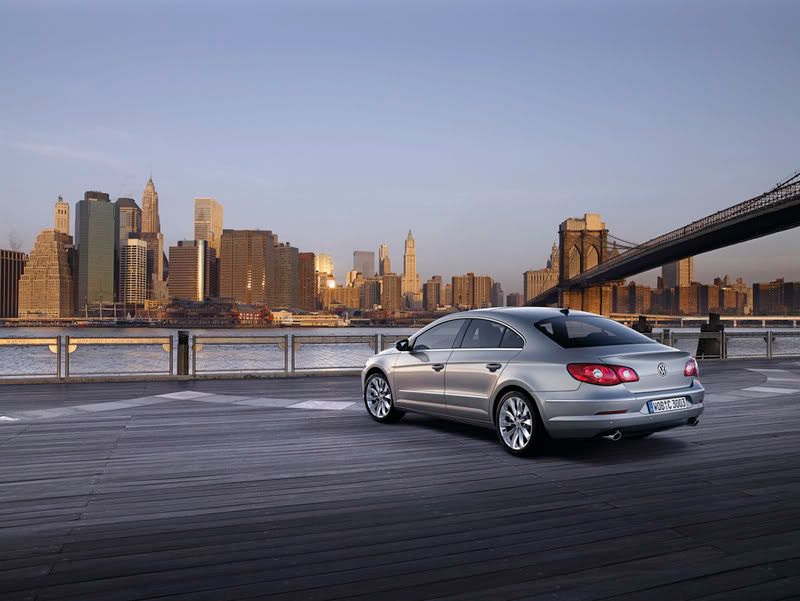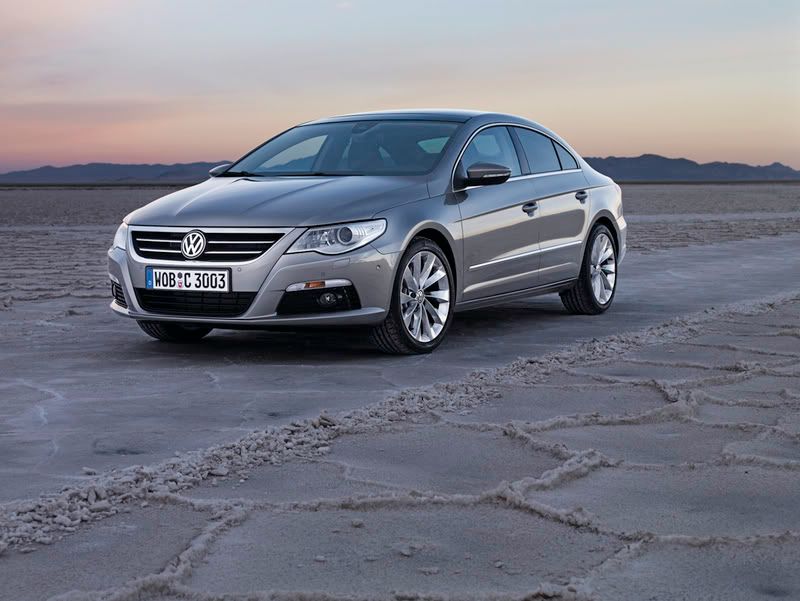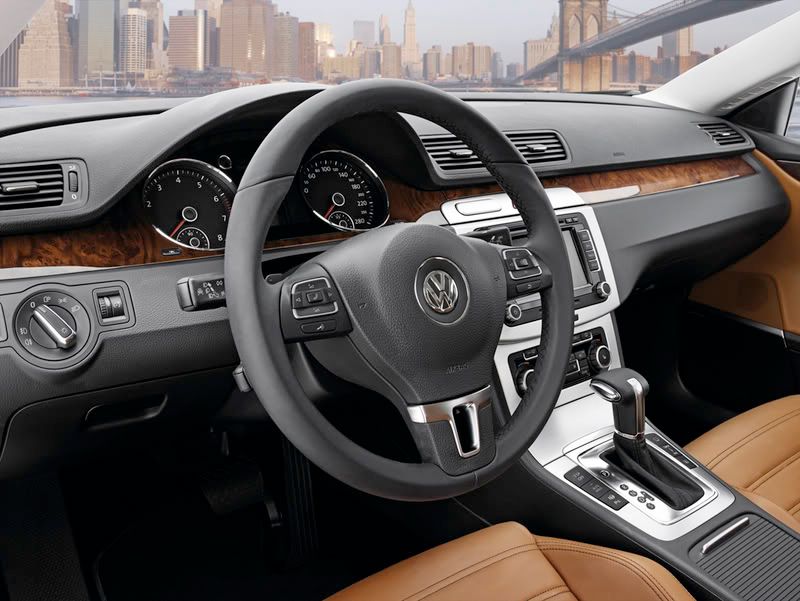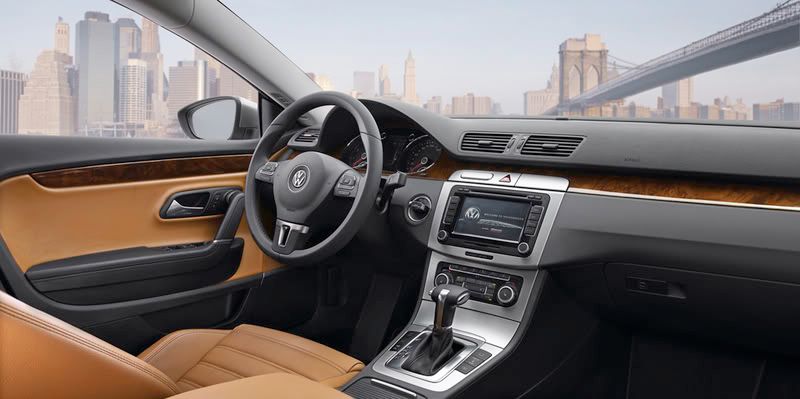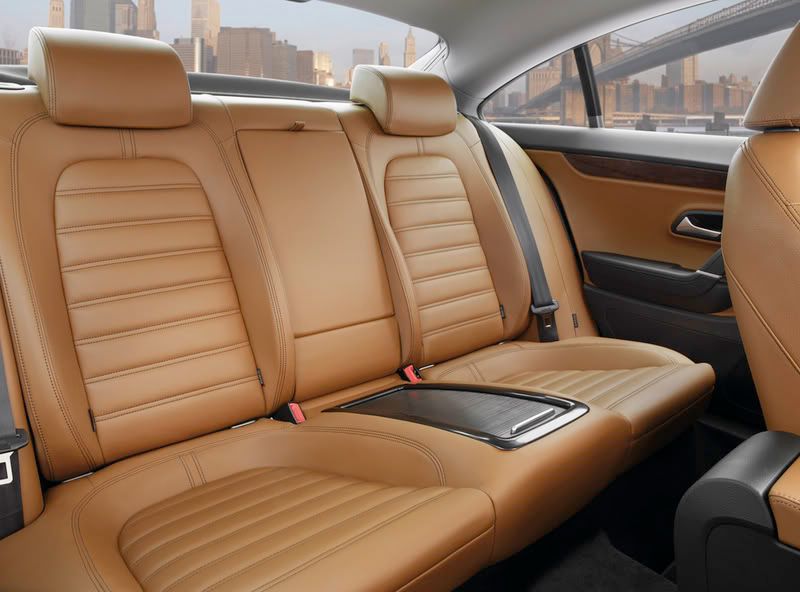AUBURN HILLS, Mich.— Volkswagen of America, Inc. today announced December 2007 sales of 20,543 Volkswagen brand vehicles. This represents an increase of 3.0 percent over the 2006 figure of 19,942 units.
Volkswagen brand strengths in delivering accessible and affordable fun-to-drive German engineering are demonstrated by the increases posted by New Beetle, Rabbit, GTI, Eos, and Touareg model lines, all posting gains over December 2006.
Volkswagen’s recently updated luxury sport utility Touareg 2 posted an increase in sales of 42.4 percent, representing the best Touareg sales month since January 2006. December Sales reflect a wider market availability and market acceptance of the award-winning and highly capable Touareg 2.
Volkswagen sold 230,572 total units for 2007, representing a decrease of 1.9 percent of the 235,140 units sold in 2006.
Founded in 1955, Volkswagen of America, Inc. is headquartered in Auburn Hills, Michigan. It is a subsidiary of Volkswagen AG, headquartered in Wolfsburg, Germany. Volkswagen is one of the world’s largest producers of passenger cars and Europe’s largest automaker. Volkswagen sells the Rabbit, New Beetle, New Beetle convertible, GTI, Jetta, GLI, Passat, Passat wagon, Eos, and Touareg through approximately 600 independent U.S. dealers. Visit Volkswagen of America online at vw.com.
Detailed numbers after the jump.
Source: Volkswagen of America
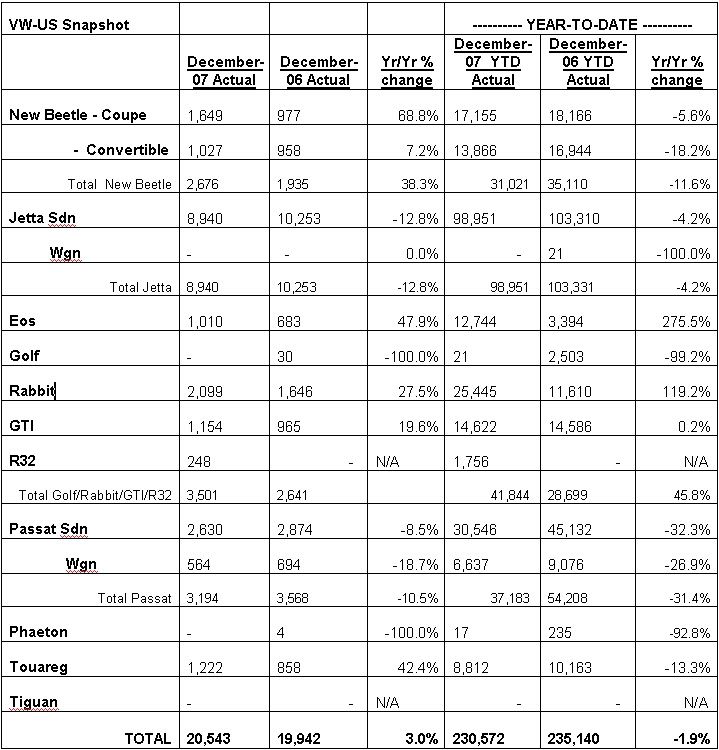
Click image to enlarge.
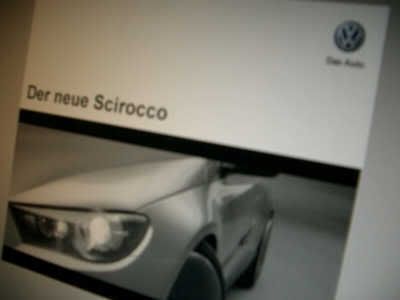 It's not often we get a treat like this. Some quick-thinking (or soon-to-be-fired) guy within the depths of Volkswagen's brochure printer snapped some pics of what appears to be the German language brochure for the new Scirocco.
It's not often we get a treat like this. Some quick-thinking (or soon-to-be-fired) guy within the depths of Volkswagen's brochure printer snapped some pics of what appears to be the German language brochure for the new Scirocco.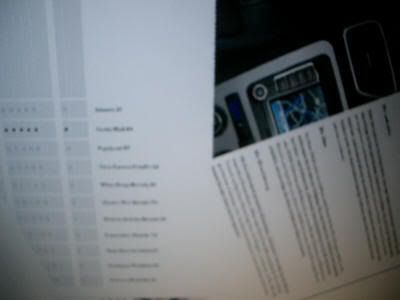
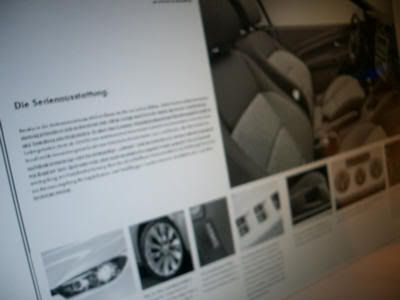

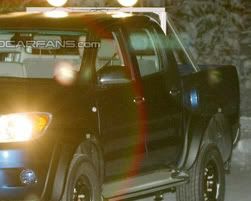
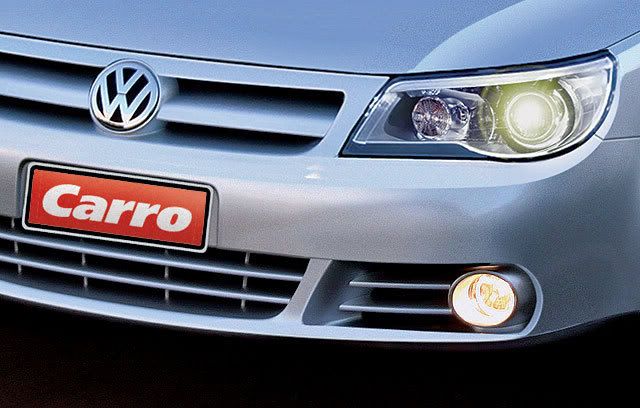
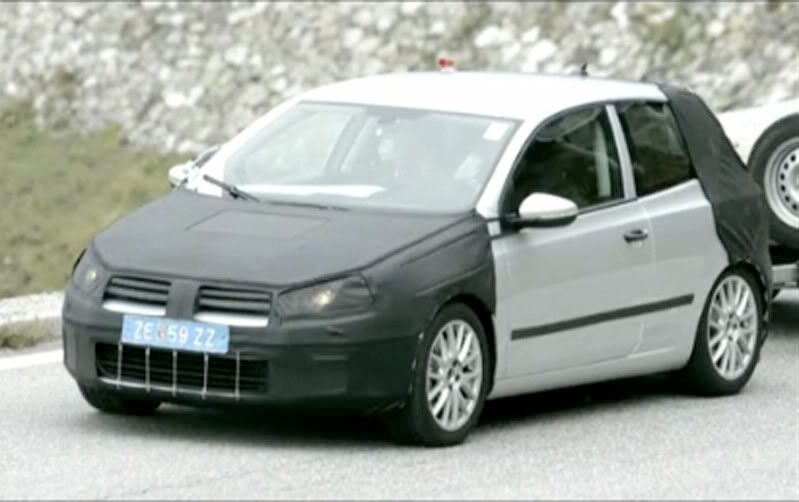 The guys over at
The guys over at 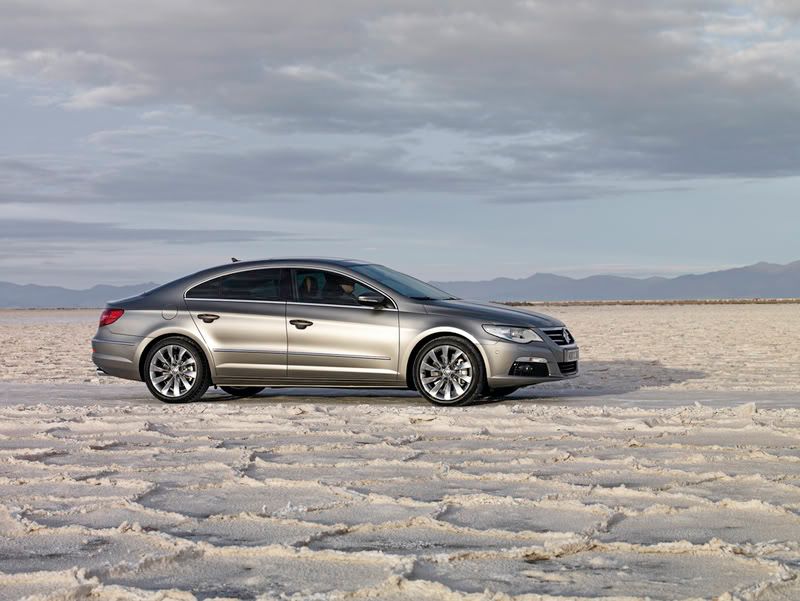
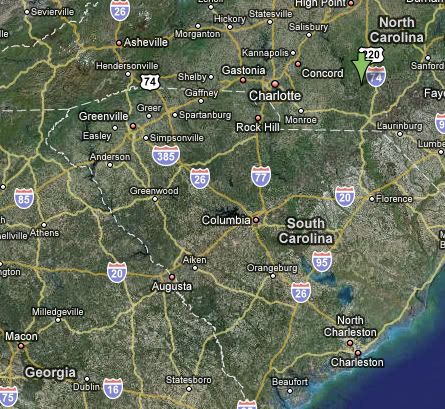 The rising Euro against the US greenback isn't helping Volkswagen much these days, especially in selling cars here in North America. As a result of the disparity between the two currencies, Volkswagen's models normally carry a premium over other brands. So to abate the rising cost of bringing things in from Europe, Volkswagen will be building its own production facility in the US.
The rising Euro against the US greenback isn't helping Volkswagen much these days, especially in selling cars here in North America. As a result of the disparity between the two currencies, Volkswagen's models normally carry a premium over other brands. So to abate the rising cost of bringing things in from Europe, Volkswagen will be building its own production facility in the US.